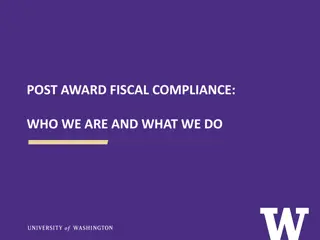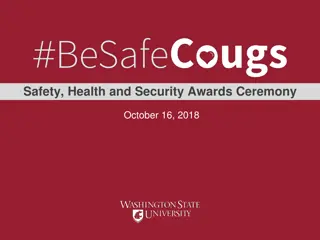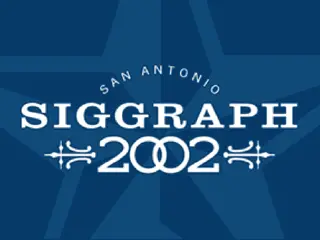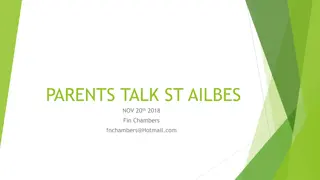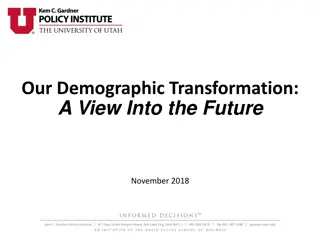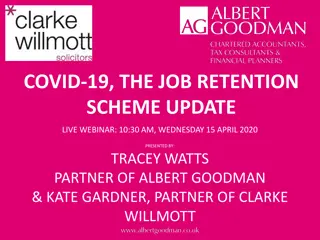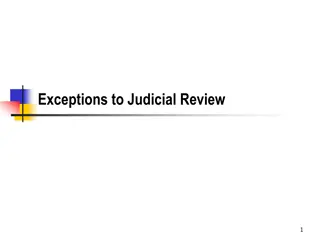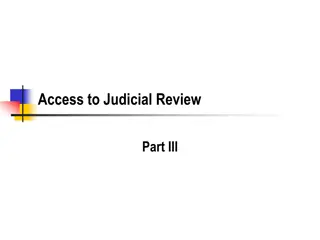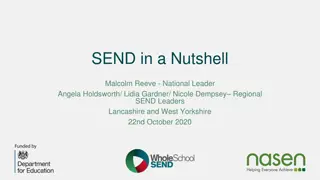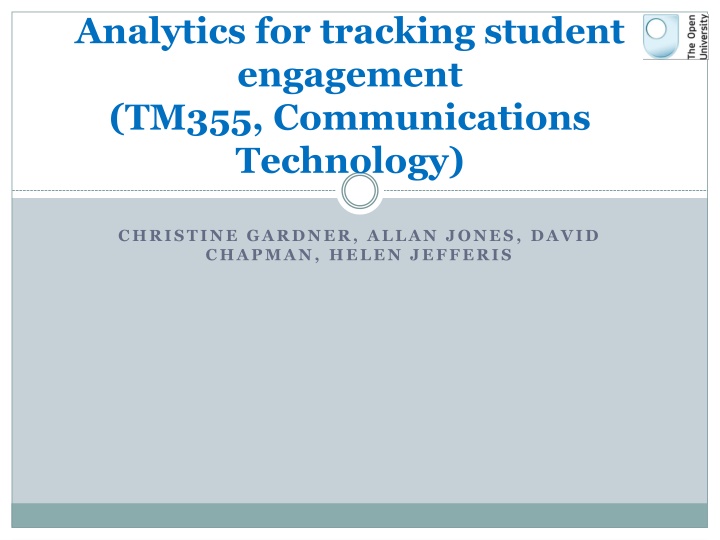
Enhancing Student Engagement Through Analytics in Communications Technology
Explore how analytics is used to track student engagement in the TM355 course, focusing on the use of teaching tools, student motivations, key hypotheses, and more. Discover insights on student performance and tool usage to improve learning outcomes.
Download Presentation

Please find below an Image/Link to download the presentation.
The content on the website is provided AS IS for your information and personal use only. It may not be sold, licensed, or shared on other websites without obtaining consent from the author. If you encounter any issues during the download, it is possible that the publisher has removed the file from their server.
You are allowed to download the files provided on this website for personal or commercial use, subject to the condition that they are used lawfully. All files are the property of their respective owners.
The content on the website is provided AS IS for your information and personal use only. It may not be sold, licensed, or shared on other websites without obtaining consent from the author.
E N D
Presentation Transcript
Analytics for tracking student engagement (TM355, Communications Technology) CHRISTINE GARDNER, ALLAN JONES, DAVID CHAPMAN, HELEN JEFFERIS
Two aspects to the project Analytics : use of teaching tools on the TM355 VLE (2016/17 and 2017/18 cohorts): When do the students engage with the technology enhanced learning and teaching (TELT) tools and is this at predicted times during the module? Do students revisit the TELT tools? Has the level of student engagement with the tools changed over two presentations (16/17 and 17/18)? Interviews: student feedback on motivations and reasons for using TELT tools (2017/18 cohort): What motivates OU students to engage with TELT tools? Do students understand a topic more deeply as a result of using TELT tools? Are students deterred if the packages are too complicated/time consuming?
Analytics for Action, A4A A4A can provide detail of how students are engaging with specific online materials. A4A six phases: However, it does not automatically identify activity at an individual student level.
Analytics for Action, A4A detail DCT Discrete Cosine Transform Hamming codes
Key hypothesis A key hypothesis is that those who engage with the TELT tools tend to perform better at exam time. Much time and resource had been invested in producing the TELT tools to supplement the printed materials, so there is a question on why they are not being used more extensively.
In particular The prompt for this query was students relatively poor performance on a particular exam question on the 2016/17 presentation of TM355, based on error control codes. TM355 exam scores for 2016/17, Question 10, linked to a specific TELT tool on error control codes. Using A4A it could be seen that the associated TELT tool had not been extensively used, either during the module or for revision. Question 10 was not a popular choice with students.
More detail is needed: Error control codes
Phase 1: Analytics data, July 2017 to July 2018 Collection of analytics data (A4A) on TELT tool use during the 2016/17 module presentation Identification of a sub-set of students for further research from exam data Consultation with TEL team to interrogate the analytics data more deeply Design of interview questions for 2017/18 cohort and submission of SRPP application Analysis of analytics data ( July 2017 to May 2018).
Initial data from 2016/17 exam TM355 exam scores for 2016/17, Q10 small sample of 48 students (all who attempted Q10): Average exam score overall for all students 45% Not used error control codes TELT tool at all 30% Used error control codes TELT during the module, at least once 53% Used error control codes TELT specifically at revision May/June 52% Used error control codes TELT on more than one specific date i.e. returned to package 58 %
Predicted results 48 students were in the sample, answering Q10, prediction for passing module 0.87 271 students did not answer Q10, prediction for passing module 0.85
Phase 2: Interview data, TM355 2017/18 presentation 6 (2017/18) students volunteered for interview Interviews took place July 2018 Interview data analysed (June -Oct 2018)
Interview comments: Seeing the coding in practice and having an interaction helped. Good for self-testing, noted by several students Why wouldn t students use the resources? Just a video clip and didn t add anything to existing knowledge
Ideas to progress: Give some indication of time needed for the activities (although obviously this will vary for each student) Add descriptions about what kind of activity. Promoting them in a new module introductory/revision video or podcast. Use the module forums to promote them Have talking heads of students saying how useful they were.
Phase 3: Action/Dissemination Produce descriptions/timings for activities Add advice in a revision podcast Interview the 18J cohort of students Review use of TELT tools for the 18J presentation Consider additional guidance for the mid-life review of the module.
Questions? Contact: Christine Gardner - c.f.gardner@open.ac.uk Allan Jones allan.jones@open.ac.uk David Chapman - david.chapman@open.ac.uk Helen Jefferis h.jefferis@open.ac.uk




